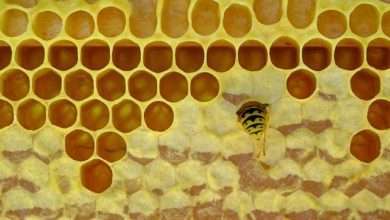The Sweet Secrets Unveiled: Exploring the Exquisite Allure of Tupelo Honey

Tupelo honey holds a special place in the hearts of Southern food enthusiasts and beekeeping aficionados alike. Known for its delicate flavor and unique composition, this golden nectar has been prized for centuries. In this article, we’ll delve into the fascinating world of Tupelo honey, from its roots in Southern culture to its modern-day culinary and health benefits.
The Sweet Legacy of Tupelo Honey
Tupelo honey derives its name from the tupelo gum tree (Nyssa aquatica), a magnificent tree indigenous to the Southeastern United States. This ancient and majestic tree, which can grow up to 100 feet tall, thrives in the swampy regions of the South, where it finds its ideal habitat. The tupelo gum tree blooms for only a short period during the spring, producing delicate and fragrant white blossoms that entice the honeybees.
In the early 1800s, Native Americans and settlers recognized the extraordinary qualities of the tupelo honey. Its smooth texture, delicate taste, and ability to resist crystallization made it highly sought after. As the demand for this exceptional honey grew, dedicated beekeepers started cultivating tupelo honey on a larger scale, further deepening its roots in Southern culture.
The importance of Tupelo honey in Southern culture cannot be overstated. It has become emblematic of the region’s unique identity and a symbol of its natural bounty. Here are a few reasons why Tupelo honey holds such significance:
- Prized Culinary Ingredient: Renowned for its mild, buttery flavor and floral undertones, Tupelo honey is the ultimate delicacy for food enthusiasts and chefs alike. Its distinctive taste enhances a wide array of dishes, ranging from baked goods to savory sauces. When used as a sweetener or glaze, Tupelo honey adds a subtle richness that elevates any culinary creation.
- Medicinal Benefits: Tupelo honey offers numerous health benefits that have been cherished for generations. Notably, it possesses antimicrobial properties that can soothe sore throats and alleviate coughs. Additionally, its antioxidant content supports overall well-being, aids digestion, and boosts the immune system. This honey variety is not only a treat for the taste buds but also a beneficial addition to one’s self-care routine.
- Cultural Traditions: Throughout Southern history, Tupelo honey has been central to various cultural celebrations and traditions. From the iconic honey biscuits at breakfast tables to the traditional honey-sweetened pecan pies served during holidays, this golden elixir has secured its place in the hearts of Southerners. Tupelo honey signifies warmth, tradition, and the essence of Southern hospitality.
- Conservation Efforts: The production of Tupelo honey is intimately intertwined with the conservation and preservation of the tupelo gum tree and the delicate ecosystems it inhabits. By supporting the beekeepers and farmers who cultivate this unique honey, consumers contribute to the safeguarding of the South’s biodiversity and wetland habitats. Enjoying Tupelo honey goes hand in hand with promoting ecological sustainability.
Characteristics of Tupelo Honey
- One of the defining characteristics of tupelo honey is its light golden color and remarkable clarity, often referred to as “Liquid Gold.”
- This honey variety possesses a smooth, silky texture, which sets it apart from other types of honey, making it a preferred choice for spreading on toast or drizzling on desserts.
- Tupelo honey is celebrated for its subtly sweet and floral flavor, with hints of fruit and a refreshing tanginess. Its flavor profile is often described as delicate, yet distinctive.
- Being naturally low in sucrose and high in fructose, tupelo honey exhibits resistance to crystallization, allowing it to retain its smooth consistency for an extended period.
Harvesting and Production of Tupelo Honey
In this section, we will explore the unique features of the Tupelo tree, the specific conditions required for successful Tupelo honey production, the painstaking process of harvesting this delicate honey, and the crucial role of beekeepers in maintaining its exceptional quality.
The Unique Features of the Tupelo Tree
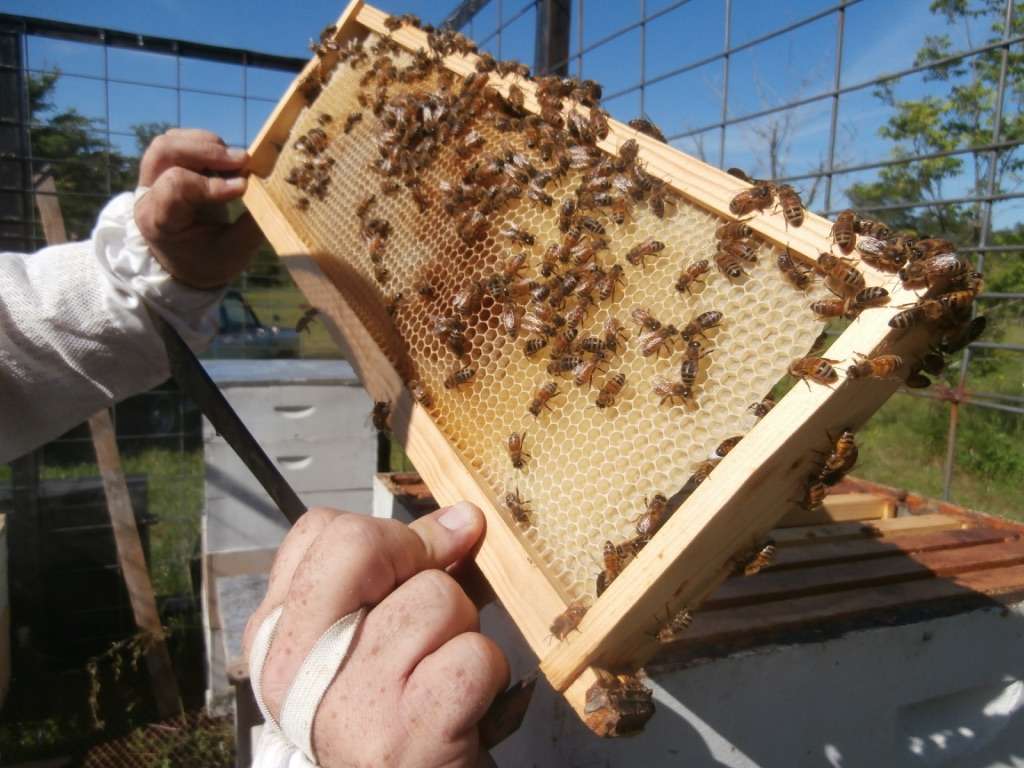
The Tupelo tree thrives in the swampy, marshy areas along riverbanks, making it a truly remarkable tree. Its distinctive feature lies in its ability to blossom during a short period, usually spanning just two to four weeks in the spring. This limited blooming season contributes to the rarity and exclusivity of Tupelo honey, making it a highly sought-after delicacy.
The Specific Conditions Required for Successful Tupelo Honey Production
To produce high-quality Tupelo honey, a specific set of conditions must be met. Firstly, beekeepers must locate their hives near the Tupelo tree groves, ensuring that the bees have easy access to the tree’s blossoms during their intense blooming period.
Additionally, the surrounding environment should offer abundant freshwater sources, such as rivers or swamps, as bees require ample water to produce honey. The combination of these factors is crucial in creating the distinctive flavors and characteristics that make Tupelo honey so unique.
The Painstaking Process of Harvesting this Delicate Honey
Harvesting Tupelo honey is no ordinary task—it requires precision, patience, and expertise. Beekeepers carefully monitor the blooming season of the Tupelo trees, ensuring they are ready to collect the honey at its peak. Since the Tupelo tree blossoms are delicate and extremely perishable, swift action is necessary to extract the nectar and minimize any potential loss.
Beekeepers harvest the honey by carefully placing their hives near the blooming Tupelo trees, allowing the bees to collect the nectar and transform it into golden Tupelo honey. This delicate process demands utmost care to preserve the honey’s exceptional qualities.
The Role of Beekeepers in Maintaining the Quality of Tupelo Honey
Beekeepers play a pivotal role in maintaining the quality of Tupelo honey. They diligently inspect their hives, ensuring the bees are healthy, active, and collecting nectar from the Tupelo blossom.
Additionally, beekeepers employ careful extraction methods to preserve the honey’s unique composition. They employ techniques such as cold extraction, minimizing exposure to heat and ensuring the honey retains its natural enzymes, flavors, and nutritional benefits. The expertise and dedication of beekeepers are essential in delivering the finest Tupelo honey to consumers worldwide.
How Tupelo Honey Differs from Other Types of Honey
Tupelo honey stands out from other types of honey due to its remarkable characteristics. Firstly, Tupelo honey has a distinct flavor profile, often described as buttery, floral, and slightly fruity.
This flavor profile is a direct result of the Tupelo tree blossoms, making it a favorite among honey enthusiasts.
Additionally, Tupelo honey has a unique trait called “never granulates.” Unlike many other honey varieties, Tupelo honey remains in its liquid state for an extended period, offering a smooth and velvety texture even months after it is harvested.
Lastly, Tupelo honey boasts a high fructose content, which provides it with exceptional sweetness and a slow crystallization rate. All these qualities combined make Tupelo honey an exceptional gourmet delight.
Health Benefits of Tupelo Honey
Tupelo honey is a unique and highly prized variety of honey known for its exceptional flavor and numerous health benefits. Made from the nectar of the blossoms of the Tupelo tree, this golden honey has been treasured for centuries by both culinary enthusiasts and supporters of natural remedies.
The Natural Antibacterial Properties of Tupelo Honey
One of the remarkable properties of Tupelo honey is its natural antibacterial activity. Studies have shown that this honey contains a high content of hydrogen peroxide, a powerful antimicrobial agent. This attribute makes Tupelo honey effective in inhibiting the growth of harmful bacteria and promoting the healing process of wounds and infections.
Additionally, its low pH level creates an unfavorable environment for bacterial growth, further enhancing its antibacterial properties.
How Tupelo Honey Can Help Soothe Sore Throats and Coughs
When it comes to relieving sore throats and soothing coughs, Tupelo honey proves to be a natural and effective remedy. Its smooth and velvety texture coats the throat, providing a soothing effect and reducing irritation.
Furthermore, the anti-inflammatory properties of Tupelo honey can help alleviate the symptoms associated with respiratory tract infections, offering relief and comfort.
The High Levels of Antioxidants Found in Tupelo Honey
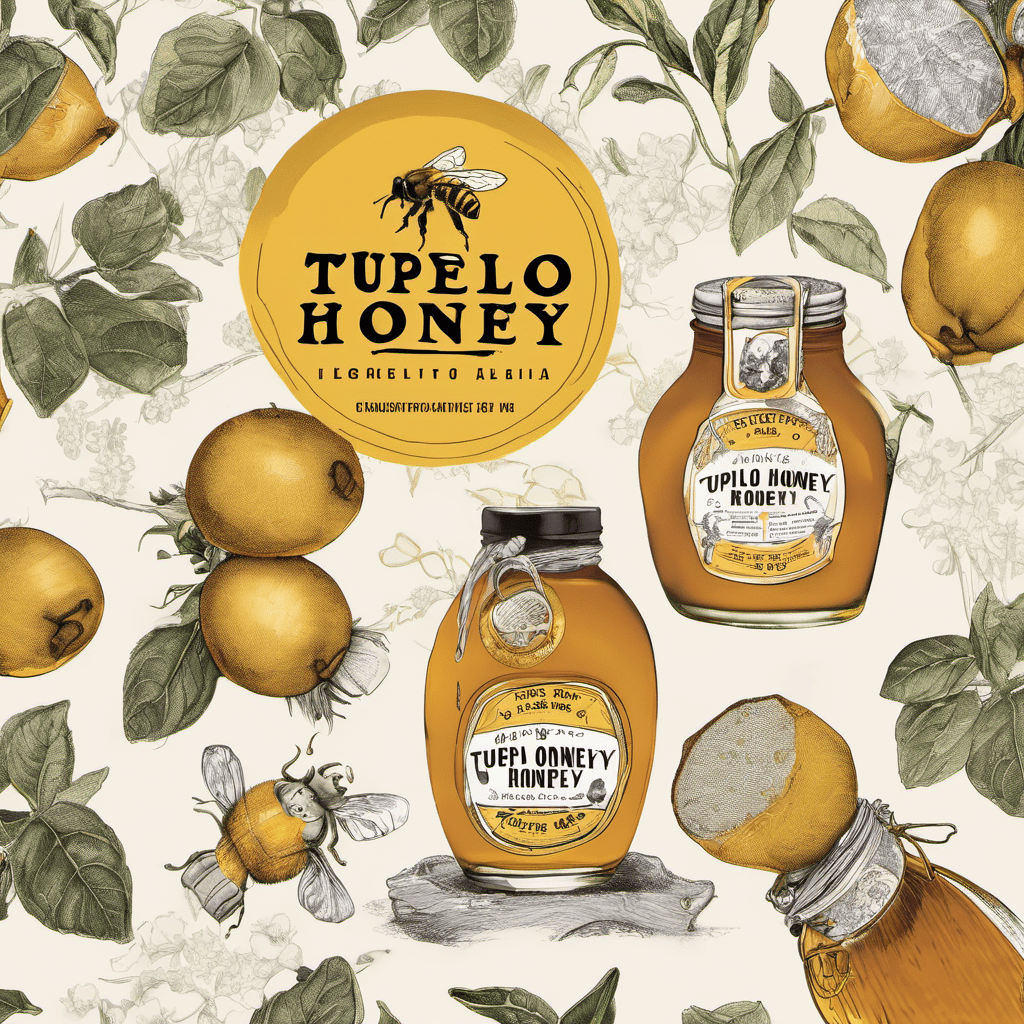
Tupelo honey is an excellent source of antioxidants, which play a vital role in protecting our bodies against the damage caused by harmful free radicals.
These antioxidants, including flavonoids and phenolic compounds, help neutralize these free radicals, reducing oxidative stress and lowering the risk of various chronic diseases such as heart disease, cancer, and neurodegenerative disorders. Incorporating Tupelo honey into your diet can provide you with a natural and delicious way to boost your antioxidant intake.
The Potential Benefits of Tupelo Honey for Skin Care
Not only is Tupelo honey beneficial when consumed, but it also offers advantages when used topically on the skin. Its moisturizing properties help nourish and hydrate the skin, leaving it soft, supple, and glowing. Tupelo honey can also aid in healing minor skin irritations, such as acne, eczema, and sunburn, owing to its antibacterial and anti-inflammatory qualities.
Including Tupelo honey in your skincare routine can contribute to healthier and more radiant skin.
The Role of Tupelo Honey in Traditional Medicine Practices
Throughout history, Tupelo honey has played a significant role in traditional medicine practices. It has been used to treat a variety of ailments, ranging from digestive issues to respiratory conditions.
The unique composition of Tupelo honey, with its antibacterial, anti-inflammatory, and soothing properties, has earned it a reputation as a natural remedy for various health concerns.
While modern science continues to uncover the exact mechanisms behind its therapeutic effects, there is no denying the long-standing traditional uses and anecdotal evidence supporting its efficacy.
Culinary Uses of Tupelo Honey
Tupelo honey, known for its light and delicate flavor profile, has long been cherished by culinary enthusiasts for its versatility.
The Light and Delicate Flavor Profile of Tupelo Honey
- One of the defining characteristics of Tupelo honey is its light, golden color and delicate flavor.
- Derived from the blossoms of the rare White Ogeechee tupelo tree, this honey boasts a subtle floral taste with hints of vanilla and citrus.
- Its low acidity and clean finish make it an excellent choice for those seeking a mild and well-balanced natural sweetener.
Enhancing Sweet and Savory Dishes
- Tupelo honey’s unique flavor profile makes it an ideal ingredient for enhancing both sweet and savory dishes.
- For sweet treats, drizzle a spoonful of Tupelo honey over pancakes, waffles, or yogurt to add a touch of natural sweetness.
- In savory dishes, use Tupelo honey as a glaze for roasted meats, such as chicken or pork, to create a deliciously caramelized crust.
- Tupelo honey also pairs exceptionally well with cheese, making it a delightful addition to a cheese board or a complementing ingredient in salad dressings.
Tupelo Honey in Traditional Southern Recipes
- In the Southern United States, Tupelo honey has been revered and incorporated into many traditional recipes.
- It is a key ingredient in classics like honey-baked ham, cornbread, and biscuits, lending a distinct flavor that is beloved by generations.
- Tupelo honey’s subtle taste helps to balance the richness of Southern dishes, adding a delightful sweetness without overpowering the other flavors.
Growing Popularity in Gourmet Cuisine
- Beyond its traditional roots, Tupelo honey has gained recognition in the realm of gourmet cuisine.
- Renowned chefs and culinary experts are now utilizing Tupelo honey in innovative ways, showcasing its versatility and exquisite flavor.
- Its use extends to gourmet desserts, cocktails, glazes for seafood, and even as an accompaniment to artisanal cheeses.
- The distinct taste of Tupelo honey has become a sought-after element in high-end restaurants and culinary competitions.
Tips for Incorporating Tupelo Honey into Everyday Cooking
- To fully enjoy the nuances of Tupelo honey, it is best to use it in recipes that don’t require high heat or excessive processing.
- When substituting sugar with Tupelo honey, use a 3/4 to 1 ratio to achieve the desired level of sweetness.
- Experiment with Tupelo honey in salad dressings, marinades, and homemade vinaigrettes to add complexity and depth to your dishes.
- Remember to store your Tupelo honey in a cool, dry place to maintain its natural texture and flavor.
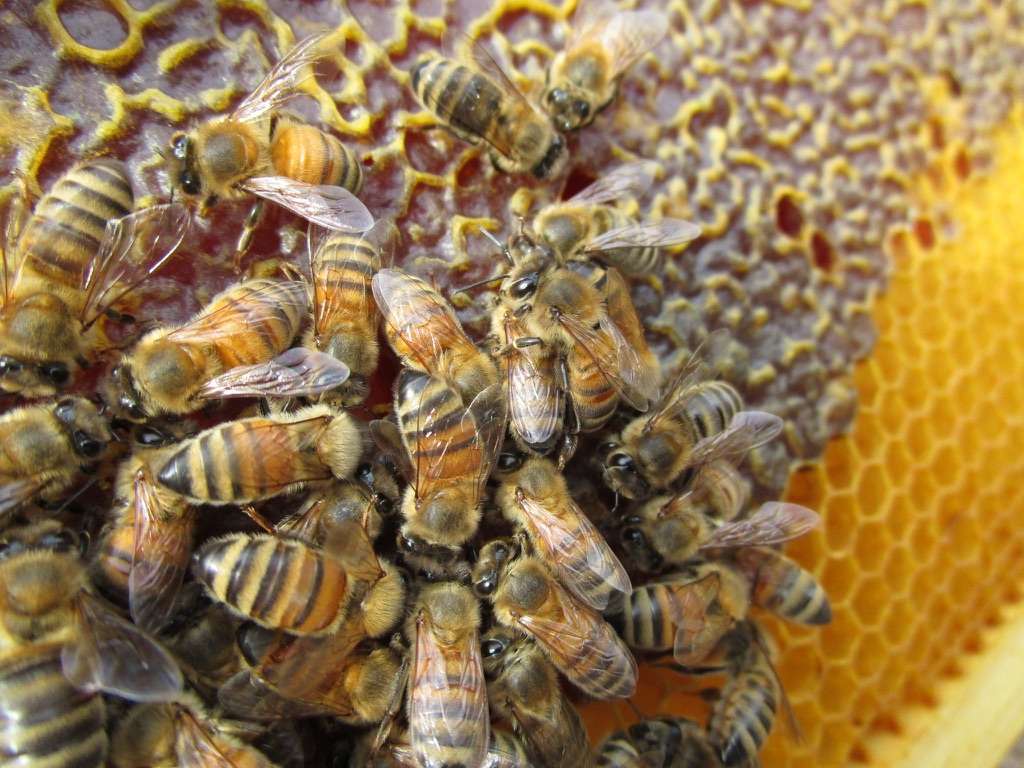
The Economic Impact of Tupelo Honey Production
Tupelo honey holds significant economic and environmental value in the Southern United States.
The Economic Significance of Tupelo Honey in the Southern US:
- Tupelo honey is highly regarded for its unique flavor profile and limited production, making it a sought-after delicacy.
- The Southern US, particularly the states of Florida and Georgia, are renowned for their vast production of Tupelo honey.
- The honey industry contributes significantly to the local economy by generating employment opportunities and attracting tourism.
The Economic Importance to Beekeepers:
- Beekeepers play a pivotal role in managing honeybee colonies and facilitating the production of Tupelo honey.
- Tupelo honey’s high value in the market allows beekeepers to command a premium price, making it a financially attractive enterprise.
- The sale of Tupelo honey provides a sustainable source of income for beekeepers and supports their livelihoods.
The Potential Threats to Tupelo Honey Production, Such as Habitat Loss:
- The habitat of the Tupelo tree, from which bees extract nectar to produce Tupelo honey, is being continuously threatened by urbanization, deforestation, and agricultural expansion.
- Destruction of the Tupelo tree’s natural habitat diminishes the availability of nectar sources for honeybees, consequently impacting honey production.
- Environmental conservation efforts are crucial in mitigating these threats and ensuring the long-term sustainability of Tupelo honey production.
FAQ’s
What is Tupelo Honey?
- Tupelo Honey is a type of honey that is harvested from the nectar of the blossoms of the Tupelo tree (Nyssa spp.). Known for its unique flavors and qualities, Tupelo Honey is celebrated as a premium, rare honey variety.
What makes Tupelo honey different from other varieties?
- Tupelo honey is unique in its delicate flavor, which comes from the nectar of the Tupelo tree. Its production is also highly specific, with a limited window for honeybees to gather the nectar, making it one of the rarest and most sought-after varieties in the world.
What health benefits does Tupelo honey offer?
- Tupelo honey has natural antibacterial properties and high levels of antioxidants, making it a potential aid in soothing sore throats and coughs, as well as offering benefits for skin care and overall wellness.
Why is Tupelo Honey often referred to as the “queen of honey”?
- Tupelo Honey is often called the “queen of honey” due to its exceptional flavor and the meticulous process involved in its production. Harvesting Tupelo Honey requires experienced beekeepers to carefully navigate the environmental challenges and limited availability of Tupelo tree blooms, making it a highly sought-after variety by honey enthusiasts.
How can Tupelo honey be used in cooking?
- Tupelo honey is incredibly versatile and can be used in both sweet and savory dishes to add a unique depth of flavor. It is a popular ingredient in traditional Southern recipes and continues to grow in popularity in the world of gourmet cuisine.
Q: What is the economic and environmental impact of Tupelo honey production?
- A: The Southern communities that produce Tupelo honey rely on sustainable beekeeping practices to protect the delicate ecosystems of the Tupelo tree and its bees. Climate change and habitat loss pose significant threats to this production, making it important for consumers to support ethical and sustainable Tupelo honey production.
Is Tupelo Honey raw or processed?
- Tupelo Honey is typically raw, meaning it does not undergo extensive processing or heating. This helps preserve the natural enzymes, vitamins, and minerals found in the honey, ensuring it retains its unique flavor and nutritional benefits.
Can Tupelo Honey help with allergies?
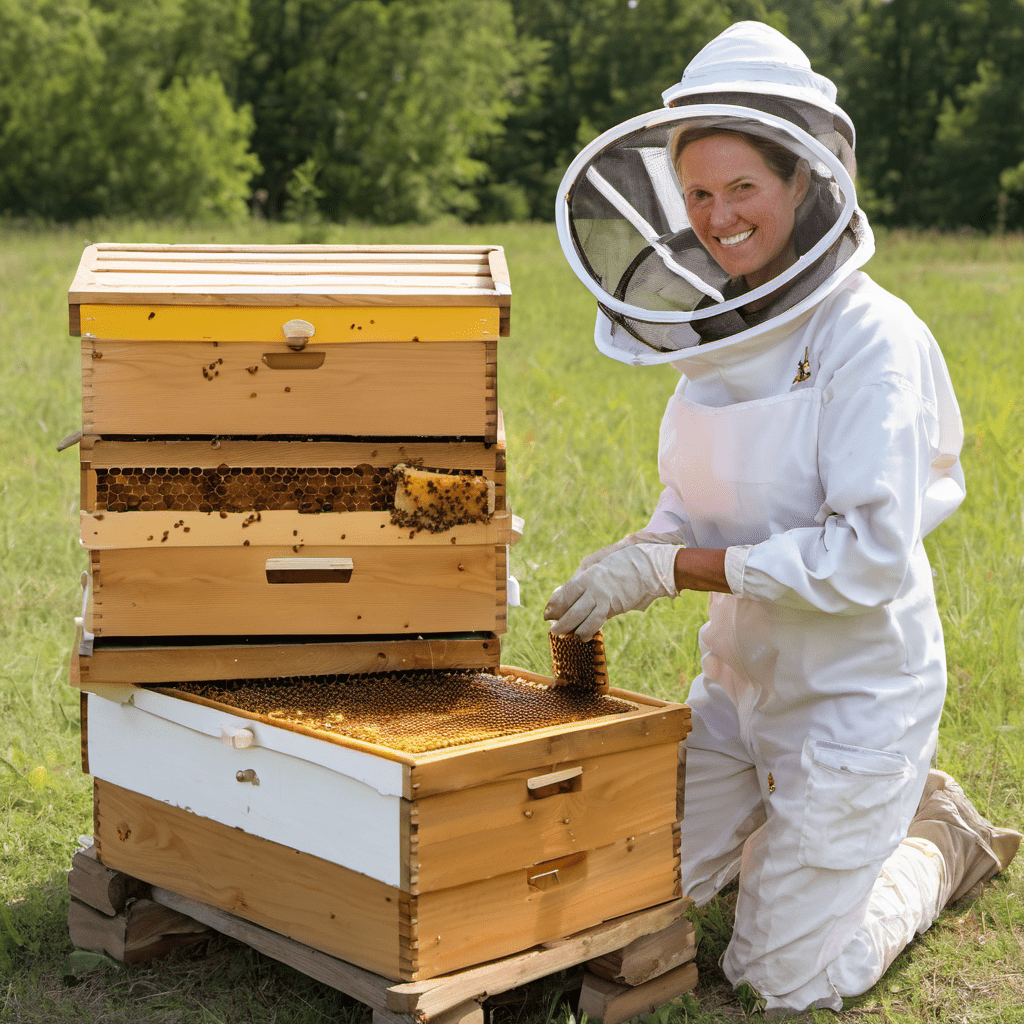
- While some people believe that consuming local honey can help alleviate allergy symptoms, scientific evidence supporting this claim is limited. However, some individuals claim to experience relief by incorporating Tupelo Honey into their diet due to the presence of local pollens in the honey.
How should I store Tupelo Honey?
- To maintain the quality of Tupelo Honey, it is recommended to store it in a cool and dry place, away from direct sunlight. Unlike other honey varieties, Tupelo Honey has a slower tendency to crystallize due to its high fructose content, but if it does crystallize, simply gently warm the jar in warm water to restore its smooth texture.
Where can I purchase authentic Tupelo Honey?
- Authentic Tupelo Honey can be found at specialty food stores, local farmers’ markets, or trusted online retailers, such as Amazon. It is important to verify the honey’s origin and quality by checking for proper labeling, certifications, and ensuring the producer follows ethical and sustainable practices.
Please note that the availability of Tupelo Honey may vary based on seasonal factors and regional availability.
